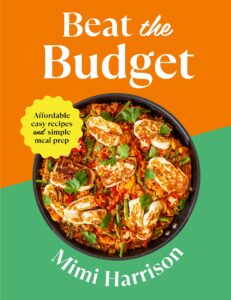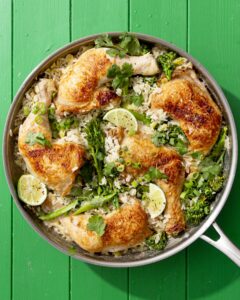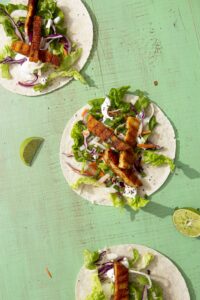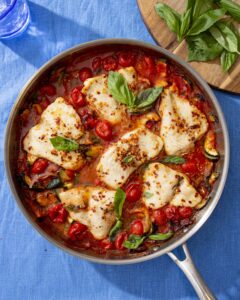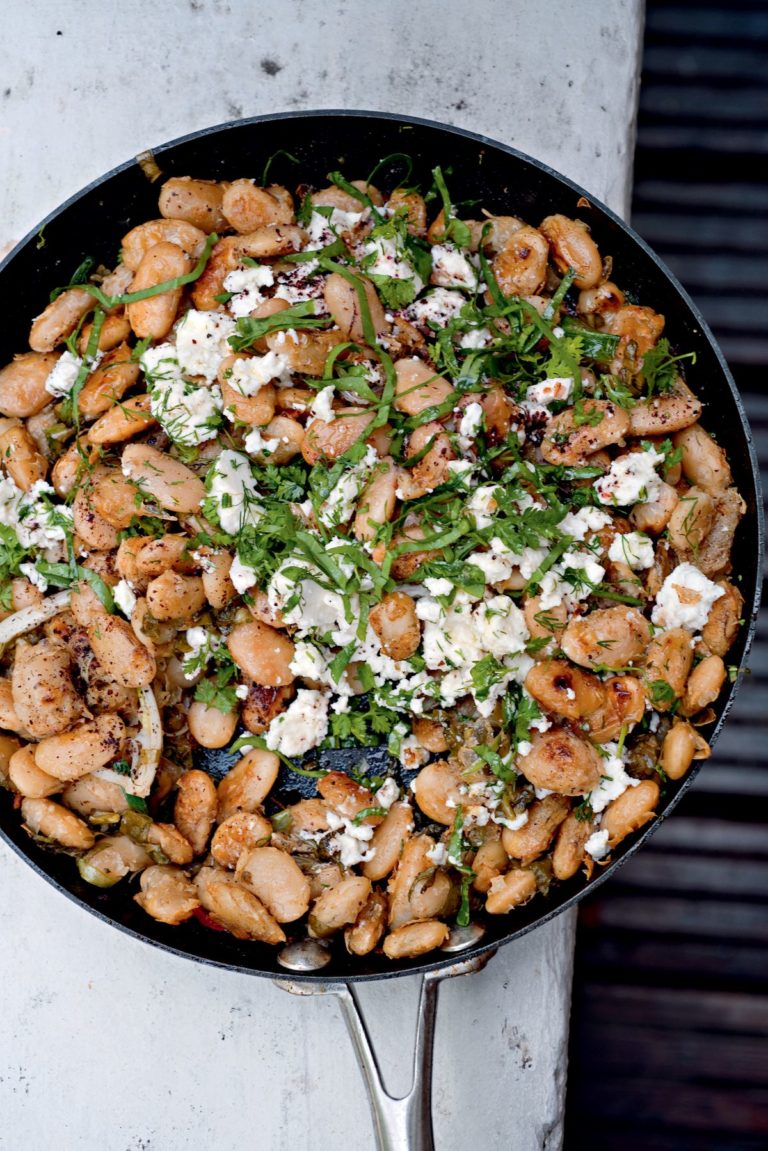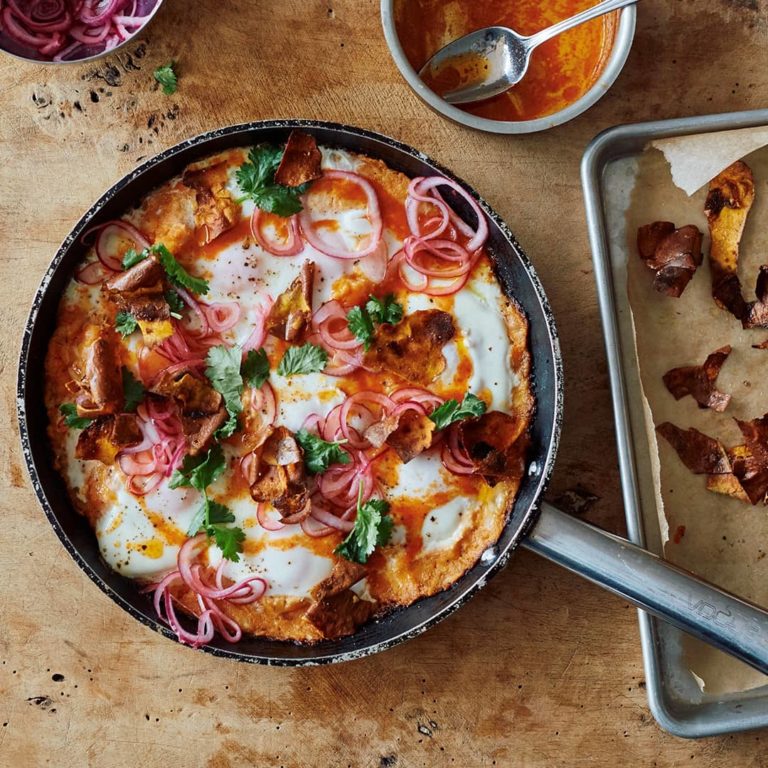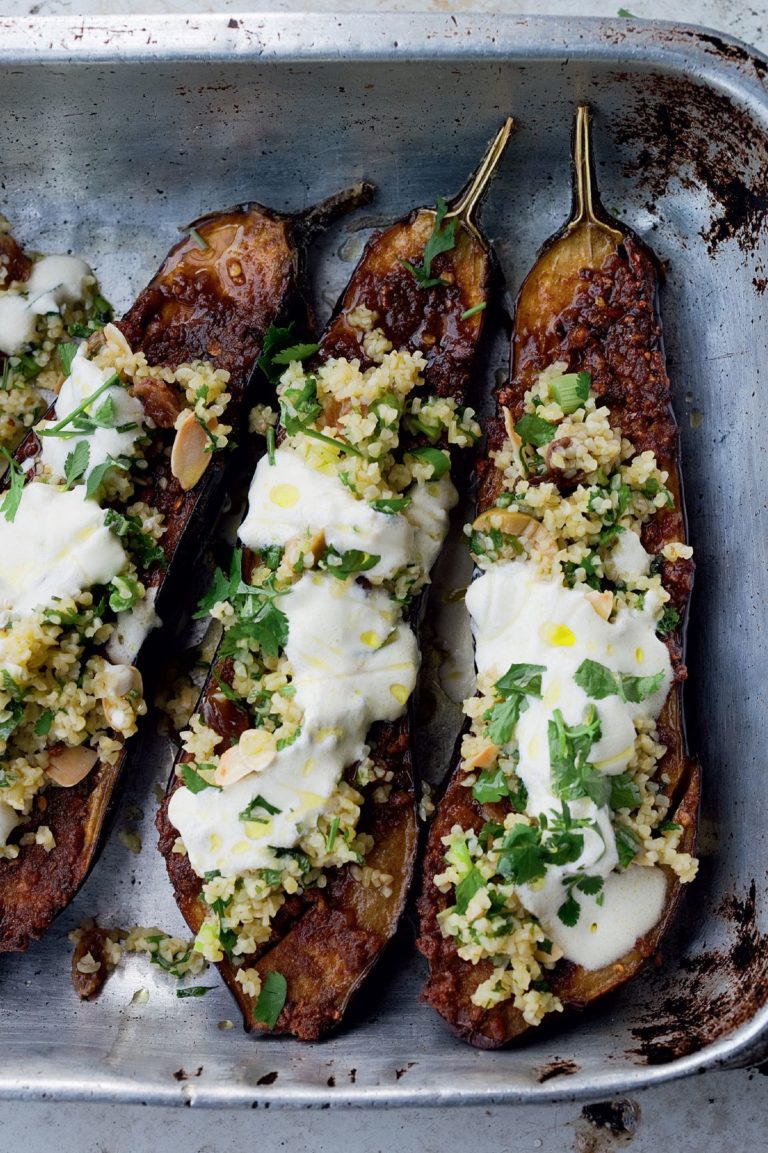I started Beat the Budget at uni, just as my diet went on quite the rollercoaster. I loved cooking, but I quickly realised that I couldn’t afford the food that I had been eating at home before moving out. So I traded my salmon and greens for cheesy chips and gravy (often from a place called ‘The Kebab King’).
When I got tired of the unhealthy food I was consuming, I began mapping out my meal prep ideas to see if I could spread more expensive ingredients across different recipes. I then decided it would be fun, and hopefully beneficial, to share my recipes for other students and people on a budget to try out. From the recipes to the meal plans and meal prep hacks, this book highlights all the tactics that I use to enjoy delicious food that doesn’t break the bank. I can’t wait to help others to do the same.
From the book
Buy From
Top budgeting tips:
Plan, Plan, Plan
It all comes down to planning. Spending around 20 minutes before you go shopping, checking what you need and writing a list will cut your costs massively. Oh, and don’t go shopping on an empty stomach! A hangry brain will throw all sorts into the trolley. I break my shopping list into categories: Fresh (fruit, veg and herbs), Dairy, Meat & Seafood, Pantry, Frozen, and Cupboard Essentials. By grouping items in categories, you’re not only saving time but you’re preventing yourself from walking back and forth in store – which is what often leads to impulse buys en route. At the back of the book (pages 231–5) I’ve included five suggested menus with ingredients lists to get you started, which you can use to take the stress out of planning on a budget.
Cross-over Ingredients
I talk about cross-over ingredients a lot as it’s one of the easiest ways to get the most out of your budget without feeling like you’re having to compromise. I think of these as something that feature in multiple recipes, reducing waste and cutting costs. The trick here is to choose recipes where the cross-over ingredients don’t feel repetitive. For example, you could use a pot of crème fraîche in a creamy pasta dish (Pork Stroganoff Orzo, see page 86) or risotto (Creamy Sun-dried Tomato & Pork Risotto, see page 146), drizzle it over fajitas or serve as a topping for soup. Each recipe feels completely different, whilst making the most of the same ingredient. When looking for recipes to pair together, think about ingredients that would cost more than one pound and see if you can find another recipe that can share the cost of that ingredient (for example, frozen bags of meat, cream, cheeses, vegetables, etc).
Love Your Freezer
If Gordon Ramsay has made you fear frozen food, I’m here to tell you otherwise. Not only is it a huge component that makes meal prep so successful (we’ll get there later), but bulk-buying frozen ingredients in most cases cuts costs and reduces waste as you can simply defrost what you need whenever you need it (it often saves prep time, too). The amazing bonus is that freezing actually preserves nutrients, making frozen foods just as nutritious as their fresh competitors. I suggest experimenting and choosing your favourites – I love bulk buying frozen spinach as it’s so much more affordable than fresh. I use it in warm recipes, adding a little spinach cube to individual portions as a ‘nutrient bomb’. Get creative, find the frozen ingredients that work best for you and stock up. Freezing is also a helpful component of meal prep. Look out for the freezer icon to see which recipes you can freeze.
Shopping Around
Everyone has their favourite place to shop, but you can save money by doing a little research first. Find out which stores sell which products for the cheapest price. It may be that you buy two-thirds of your shop in one supermarket, then get branded goods or special deals in another. It can take a bit of planning, but with online shopping you can check prices from the comfort of your own home. Try to do one big, planned shop every week if you can, as this is the most economical way to shop.
Bulk Buying
Bulk buying is a fantastic way to keep your monthly food costs down. Consider purchasing dry or staple cupboard ingredients that have a naturally long shelf life in large amounts, like spices, oils, pasta, rice and those essentials listed on page 11. When it comes to bulk-buying fresh, always remember to check if the ingredient can be frozen. If it’s too large to consume within a week (like a large bag of Cheddar, for example) you could freeze half when you get home and defrost for use the following week.
If you’re unsure whether an item is suitable for freezing, do a quick ‘search’ on your phone in the supermarket, then you can work out if it’s a good-value purchase. I love buying big value bags of frozen veg as they have a much longer use-by date and are often already portioned into suitable sizes. Check out what’s available in your local supermarket – you can often get great deals on frozen meat, too.
Meal Prep
Last but certainly not least, one of the most important tools in beating the budget is meal prep. Cooking recipes in batches of four, five or six portions, uses up ingredients, lowers waste and saves time – it also reduces energy costs as you’re doing the bulk of the cooking in one session! A common mistake people often make with meal prep is trying to do it for every meal, seven days a week. This can get overwhelming – I recommend meal prepping for a maximum of four meals a week. This ensures you’re reducing costs without restricting yourself so much that you give up on it completely. Meal prep doesn’t mean you have to eat the same food every day.
Choose a variety of recipes, then implement what I call a ‘freezer cycle’; this is where you prep a different recipe (say five portions of each) three times a week. Place two portions in the fridge and three in the freezer (look out for the freezer icon). If you are using frozen ingredients, remember to check the packet instructions before adding to your freezer cycle. Some manufacturers do not advise re-freezing items once they have been defrosted. You can grab an individual serving whenever you fancy and after just a couple of weeks, you’ll have a variety of recipes to choose from. If you’re cooking for a family, you can double the recipes to maximise cost savings.

